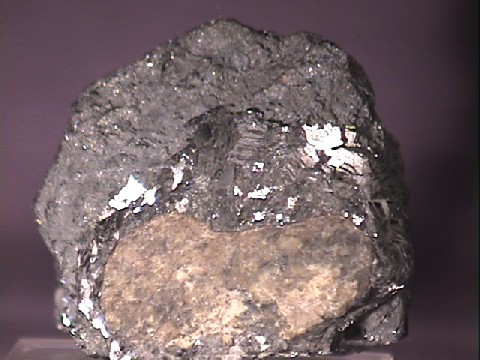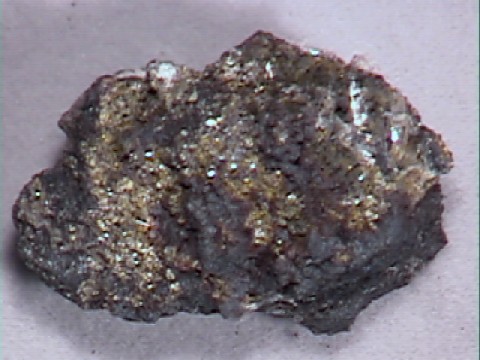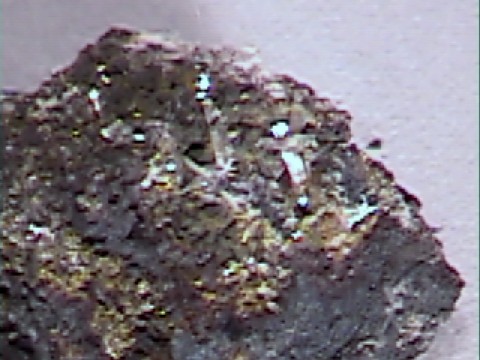 THE
MINERAL VALENTINITE
THE
MINERAL VALENTINITE
- Chemical Formula: Sb2O3, Antimony Oxide.
- Class: Oxides and Hydroxides
- Uses: A minor ore of antimony and as mineral specimens.
Specimens
Valentinite is a high lustered, often fibrous oxide mineral. It forms sprays of crystals that are usually matted to the host rock in radiating clusters. Its adamantine (gem-like) to pearly luster serves to add a nice quality to this uncommon antimony mineral.
Valentinite is dimorphous with the mineral senarmontite. Both minerals have the exact same chemistry, but they have different structures. Senarmontite is isometric and valentinite is orthorhombic. It is similar to the situation between diamond and graphite. Valentinite is associated with senarmontite as well as stibnite. Actually this association is no surprise since both senarmontite and valentinite are oxidation products of the antimony sulfide.
PHYSICAL CHARACTERISTICS:
- Color is colorless, white, yellow, reddish or gray.
- Luster is adamantine or pearly.
- Transparency: Crystals are translucent to opaque in more massive specimens.
- Crystal System is orthorhombic.
- Crystal Habits include prismatic to fibrous and compact aggregates forming tufts and radiating sprays. Also massive and granular. Individual crystals are complexly faceted.
- Cleavage is perfect.
- Fracture is uneven.
- Hardness is 2.5 - 3.
- Specific Gravity is approximately 5.7 (heavier than average).
- Streak is white.
- Associated Minerals include quartz, stibnite , native antimony, senarmontite, kermesite, stibiconite and other antimony minerals.
- Notable Occurrences include the Sensa Mine, Ain Beida, Qacentina (Constantine), Algeria; Freiberg, Germany; Dauphine, France; Bolivia; Pribram, Czech Republic; and Ham Sud Township, Wolfe County, Quebec, Canada.
- Best Field Indicators are crystal habit, high luster, associations and specific gravity.






